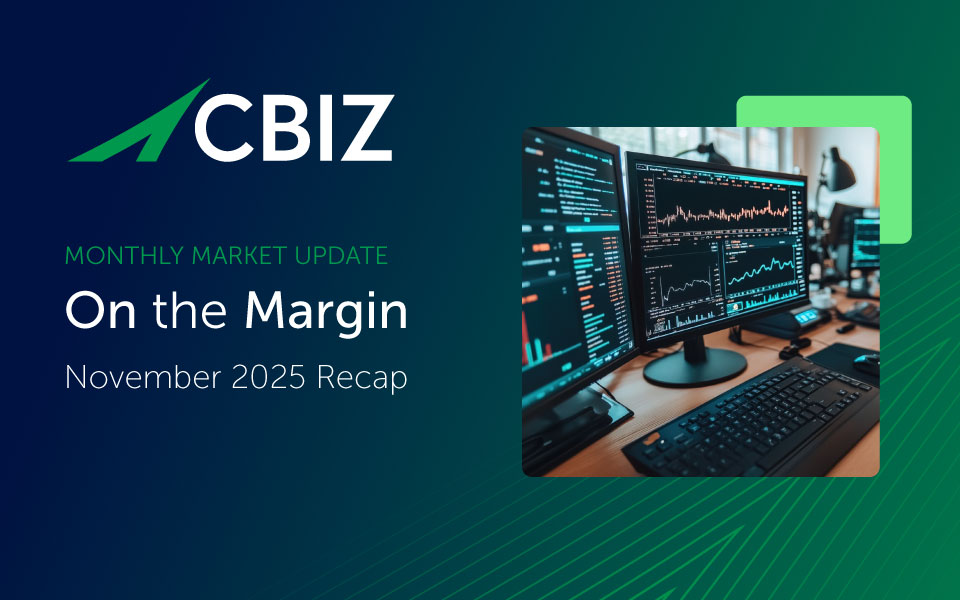The construction industry is on the verge of transformative change. Fueled by ongoing workforce challenges, rapid technology adoption, and evolving risk, the trends shaping construction in 2026 will demand agility and flexibility.
Discover what’s next and how contractors and owners can build resilience while maximizing their competitive edge.
Attraction and Retention Are Top Priorities
In 2026, the construction industry will need to bring in 499,000 new workers to meet anticipated demand for construction services, according to Associated Builders and Contractors. This projected shortage means that staffing will be a defining challenge for construction firms in the year ahead.
From entry-level laborers to seasoned managers, talent gaps threaten project timelines, budgets, and overall productivity. To proactively address workforce shortages, leading construction firms are:
- Enhancing compensation: Construction firms are increasingly investing in market-driven compensation, spot-market wage increases, and completion/retention bonuses to keep crews on projects.
- Expanding benefits: Paid parental leave, tuition/apprenticeship stipends, and mental health benefits are becoming differentiators.
- Optimizing training: Structured apprenticeships, on-the-job credentials, and tuition reimbursement can shorten time-to-competency.
- Increasing support: Construction companies are reducing absenteeism with shift premiums, shuttle programs, and childcare stipends.
Connect with CBIZ for a benefits analysis to ensure your offerings meet the needs of today’s construction workforce.
Technology-Driven Risk Management On the Rise
Technology is shifting how project risk is identified and priced. Integrated platforms, AI, and telematics are not just being used to enhance productivity. They are changing the loss profile that insurers underwrite.
Construction firms are expected to continue to leverage:
- Predictive analytics: AI-driven tools can flag schedule slippage, material shortage-driven delays, and cost overruns, improving forecasting and lowering change-order risk.
- Digital safety monitoring: Drones, wearables, and site cameras can identify hazards, such as falls and proximity to heavy equipment, reducing injury frequency.
- Telematics for fleets: Usage data and driver behavior telemetry are being leveraged to help reduce commercial auto exposures — one of the most expensive lines for contractors.
Do you have the right risk management strategy for a tech-driven construction landscape? Safeguard your operations with CBIZ.
Property and Casualty Insurance Stabilizing
The property and casualty market is showing signs of moderation and stabilization, according to the Insurance Marketplace Realities report from Willis Towers Watson. However, performance varies by line. Property pricing has softened in some segments, while commercial auto and excess liability remain tighter. Underwriting is more selective, and insurers are rewarding demonstrable risk controls.
There is potential for targeted rate relief among certain contractors, but it may not be the case across the board. Insurers will tighten terms where loss history is poor and may require stronger risk-control evidence. Climate and catastrophe modeling will also affect property renewals, as insurers are pricing for flood, wildfire, and extreme weather frequency, and may restrict limits, increase deductibles, or require mitigations.
Prepare Your Construction Business for 2026
Amid strong growth projections for construction output in 2026, firms that want to stay ahead of the curve should proactively address workforce needs, embrace technology, and strengthen risk controls.
CBIZ is here to help future-proof your construction business. Connect with us to explore more trends defining this sector in 2026 — and tactics to adapt and thrive.
© Copyright CBIZ, Inc. All rights reserved. Use of the material contained herein without the express written consent of the firms is prohibited by law. This publication is distributed with the understanding that CBIZ is not rendering legal, accounting or other professional advice. The reader is advised to contact a tax professional prior to taking any action based upon this information. CBIZ assumes no liability whatsoever in connection with the use of this information and assumes no obligation to inform the reader of any changes in tax laws or other factors that could affect the information contained herein. Material contained in this publication is informational and promotional in nature and not intended to be specific financial, tax or consulting advice. Readers are advised to seek professional consultation regarding circumstances affecting their organization.
“CBIZ” is the brand name under which CBIZ CPAs P.C. and CBIZ, Inc. and its subsidiaries, including CBIZ Advisors, LLC, provide professional services. CBIZ CPAs P.C. and CBIZ, Inc. (and its subsidiaries) practice as an alternative practice structure in accordance with the AICPA Code of Professional Conduct and applicable law, regulations, and professional standards. CBIZ CPAs P.C. is a licensed independent CPA firm that provides attest services to its clients. CBIZ, Inc. and its subsidiary entities provide tax, advisory, and consulting services to their clients. CBIZ, Inc. and its subsidiary entities are not licensed CPA firms and, therefore, cannot provide attest services.















